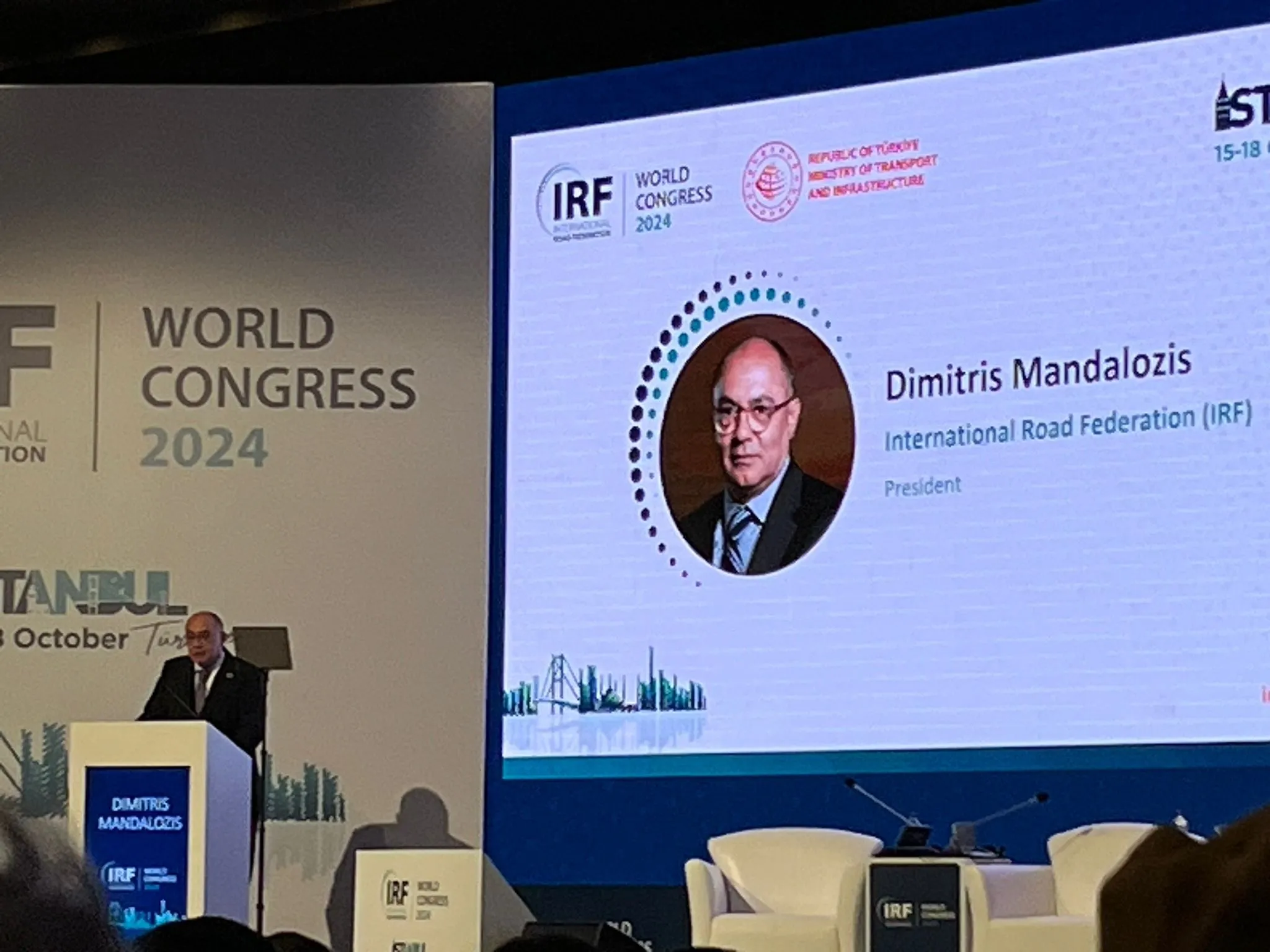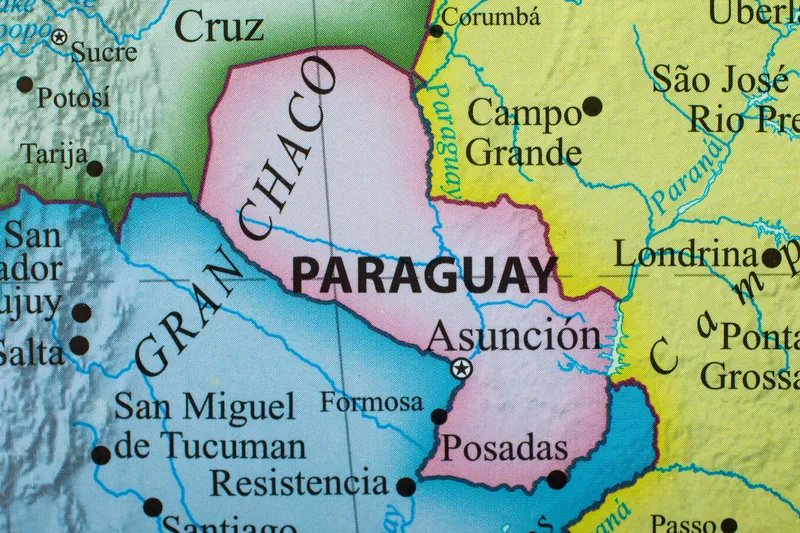A new highway project in Nepal will benefit from a loan provided by the Asian Development Bank (ADB). The loan is worth nearly US$187 million. It will be used to help upgrade the country’s East-West Highway. In addition, the loan will will also be used to improve other key sections of Nepal’s road network. Key stretches of the 45km Bhairahawa-Taulihawa road as well as the 115km Narayanghat-Butwal road will be upgraded. Separate funding from the ADB will pay for technical assistance to Nepal’s Department of
December 6, 2016
Read time: 1 min
A new highway project in Nepal will benefit from a loan provided by the Asian Development Bank (ADB). The loan is worth nearly US$187 million. It will be used to help upgrade the country’s East-West Highway. In addition, the loan will will also be used to improve other key sections of Nepal’s road network. Key stretches of the 45km Bhairahawa-Taulihawa road as well as the 115km Narayanghat-Butwal road will be upgraded. Separate funding from the ADB will pay for technical assistance to Nepal’s Department of Roads.








